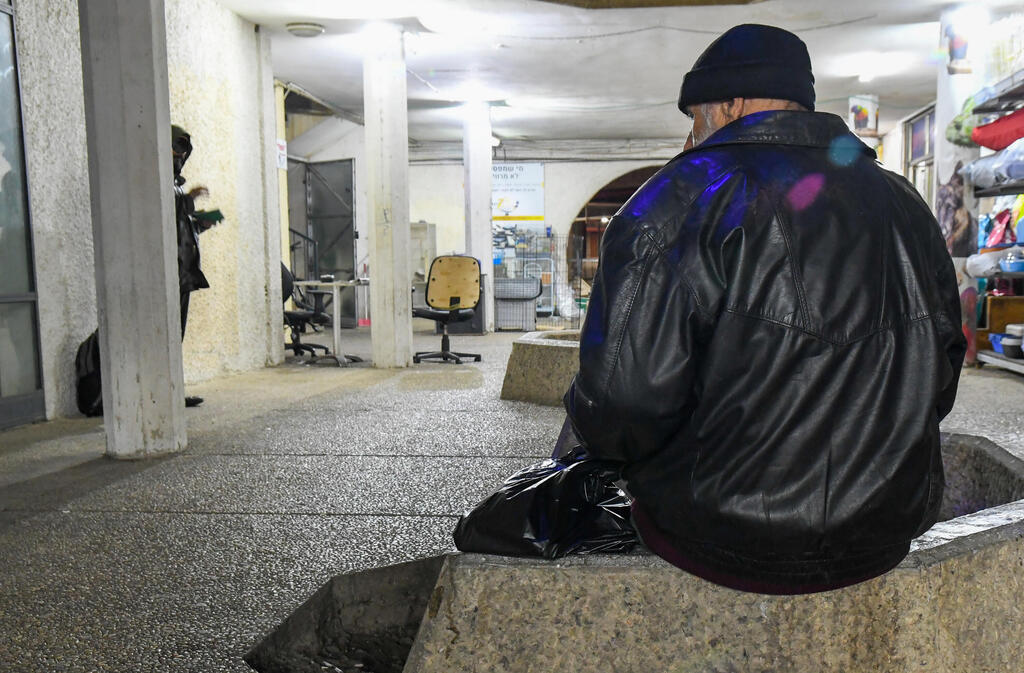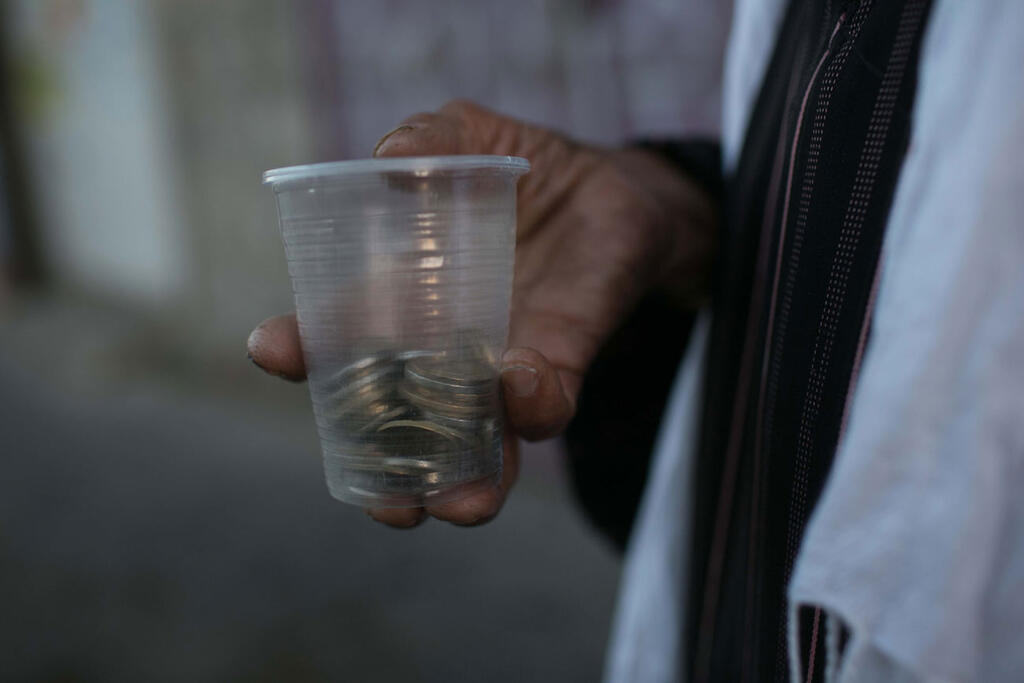The number of impoverished Israelis has increased in 2021, according to the National Insurance Institute’s (NII) annual poverty report published on Thursday, as the poverty line was jerked up by a rising standard of living following a rough first year of the COVID-19 pandemic that left many behind.
According to the report, 1.95 million poor people lived in Israel in 2021, including 853,800 children and 212,400 people at retirement age. For comparison, the number of people under the poverty line stood at 1,877,594 the year before.
On the other hand, the standard gross median income per capita, from which the poverty line is derived, increased moderately by 1.3%, and reached NIS 2,849 ($828).
Clearing government intervention through taxes and transfer fees, the standard median income per capita jumped by 7.9%.
According to the NII, a single person required NIS 3,561 ($1035) a month in 2021 to remain just above the poverty line, while a family of three would have needed at least NIS 7,550 ($2,194) in monthly income. A family of four would have needed around NIS 9,117 ($2,650).
Dr. Nitza (Kleiner) Kassir, deputy head of research and planning at the NII, says that the relatively moderate increase in poverty in 2021, despite the cessation of most government aid plans implemented during the lockdown period, reflects the impressive recovery of the labor market with strong employment numbers.
"The year 2021 was characterized by the return of the economy to a growth path, a path from which we deviated during the coronavirus crisis,” she said.
“Many workers who left the workforce during the crisis returned to work. The unemployment rate at the height of the crisis stood at 35% and slumped to 5% in 2021 while real wages climbed.
With the lifting of pandemic restrictions and improvement in the economic situation, the government began in July 2021 to scale back most of the aid given to families and businesses during the crisis period."
She adds that "the effects of aid rollbacks on incomes were smaller than the contribution of the economic recovery, and therefore, despite their cessation, net incomes have increased for almost all income deciles in the population.
The impact on different populations was not uniform, and net incomes increased slightly less in the lower deciles and even ticked down in the second decile. And so, for the first time in years, the rates of poverty and inequality according to net income rose."



